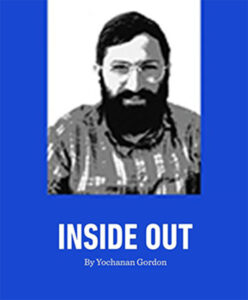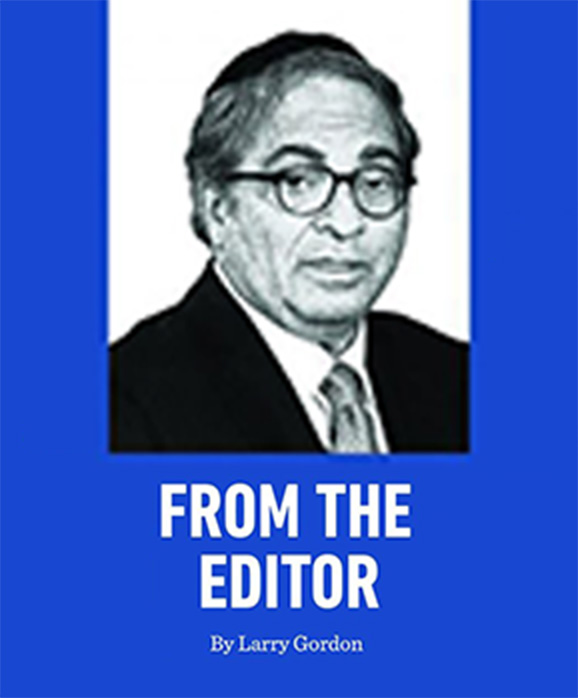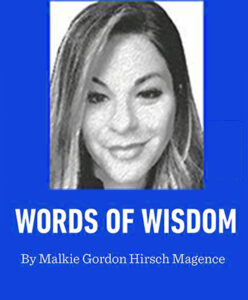17 Tammuz At The Ohel
By Yochanan Gordon
I know, this might feel a little déjà vu. Just last week, my sister and fellow columnist Malkie wrote a reflective piece about her experience at the Ohel, and here I am doing the same. It’s not quite as awkward as showing up to shul wearing the same pastel yellow Twillory polo as another guy in the minyan—which actually happened to me last Friday—but still, it does raise eyebrows.
In truth, though, the Ohel is a place where the soul is laid bare. No two visits are ever the same, and there’s always something new to take away—especially on a fast day, which our sages refer to as a Yom Ratzon LaHashem, a time when the heavens are especially open to prayer.
This year, I had the rare opportunity to visit the Ohel alone on Shivah Asar B’Tammuz. My wife spent the day with Rosie, our three-year-old (the only one of our six kids still home for the summer), and I took the short drive out with a few hours to myself—no pressure, no ticking clock.
Usually, our visits are more rushed, bookended by tight schedules and endless errands. But this time, I was able to learn before writing my pidyon nefesh—the Chassidic term for a petitionary note, which we write and tear at the Rebbe’s graveside. It’s a meaningful practice that echoes the spiritual preparation Chassidim would undergo before entering yechidus, a private audience with the Rebbe—immersing in a mikvah, learning a sichah or maamar, aligning their inner world with that of the Rebbe’s.
Visiting the Ohel is essentially a modern form of yechidus, just without the exclusivity—you’re never the only one there. And that contrast—the deeply personal experience in a shared space—got me thinking.
Just this past Shabbos, during a post-davening farbrengen, a few friends and I were discussing what felt like a group therapy session. One of the guys, a therapist, noted that group therapy often works precisely because it shifts the focus off us. We’re forced to consider others’ pain—and in doing so, our own burdens somehow become more manageable.
At the Ohel, you don’t know what the person next to you is praying for, but you sense the weight each person carries. And somehow, that awareness gives you pause—a reminder to be grateful for your own challenges, because they could be far more daunting.
As they say, when someone’s complaining, you don’t tell them, “It’s not so bad.” You say, “It could be worse.”
Back in the shul section, I was learning out loud—my usual style. I know it can be disruptive, and maybe I should be more considerate. But still, why is it always the people davening or learning audibly who get shushed, while the talkers get away scot-free?
Sure enough, the guy next to me wasn’t thrilled with my volume. He gave me a sideways shush as he moved tables—no eye contact, just a passive-aggressive hush. I got quieter, and soon after, my seder came to an end.
Next, I picked up a Maaneh Loshon from the vestibule—a powerful collection of prayers, Tehillim, and Zohar passages traditionally said at the gravesite of a tzaddik. Originally compiled by R’ Yaakov ben Avraham Shlomo Sinna and later emended by the Mitteler Rebbe, I’ve had the good fortune of finishing it at the Ohel a few times, and that was my goal again.
Rhythm matters in prayer. The Gemara says that Rebbe Chanina ben Dosa knew his prayers were accepted when they flowed fluently from his lips. I try to reach that groove too—not rushing, but keeping a steady, heartfelt pace.
But just as I was settling into that rhythm, things got… lively. To my right, a guy was on FaceTime in Hebrew, AirPods in. To my left, two Persian men, one struggling through Tehillim while the other narrated each word aloud. It was chaos—yet holy chaos. I looked heavenward with a smile. Hashem was clearly in on the conversation.
Eventually, I completed the Maaneh Loshon and was especially moved by the Zohar portions about the vitality of tzaddikim after death. In Koheles it states, “Meshabeach ani es hameisim shekvar mesu”—“I praise the dead who have already died.” Reb Shimon bar Yochai famously asks, “If they’re already dead, why the extra ‘who have already died’?
The answer: yes, they did die—once—but now, they’re still alive. This is why visiting a tzaddik’s grave doesn’t violate the prohibition of doresh el hameisim (seeking out the dead). Tzaddikim, while no longer physically alive, are spiritually more present than ever.
After watching a few Rebbe videos, I headed back to my car, parked halfway down Francis Lewis Blvd., and found myself reflecting on an idea from the Tzemach Tzedek in Derech Mitzvosecha, specifically in the mitzvah of ahavas Yisrael. He describes the Jewish people as sod guf echad—one mystical body. Just like the right hand doesn’t get angry at the left if it gets hurt, so too, no Jew can truly be at odds with another.
It reminded me of a halacha: if a man’s yarmulke falls off, he can’t cover his head with his hand—because ein etzem mastir al etzem—one part of the body can’t conceal another. Essence cannot obstruct essence.
If we truly see each other as one body, there’s no room for resentment or annoyance. Just understanding.
Even the Rebbe himself once reframed the breach of Jerusalem’s walls—one of the five calamities of 17 Tammuz—as the beginning of the expansion of Jerusalem’s borders to include the entire world.
In other words, what appears like separation may in truth be the start of unity.
And maybe that’s what the Ohel is all about.
Yochanan Gordon can be reached at [email protected]. Read more of Yochanan’s articles at 5TJT.com.









